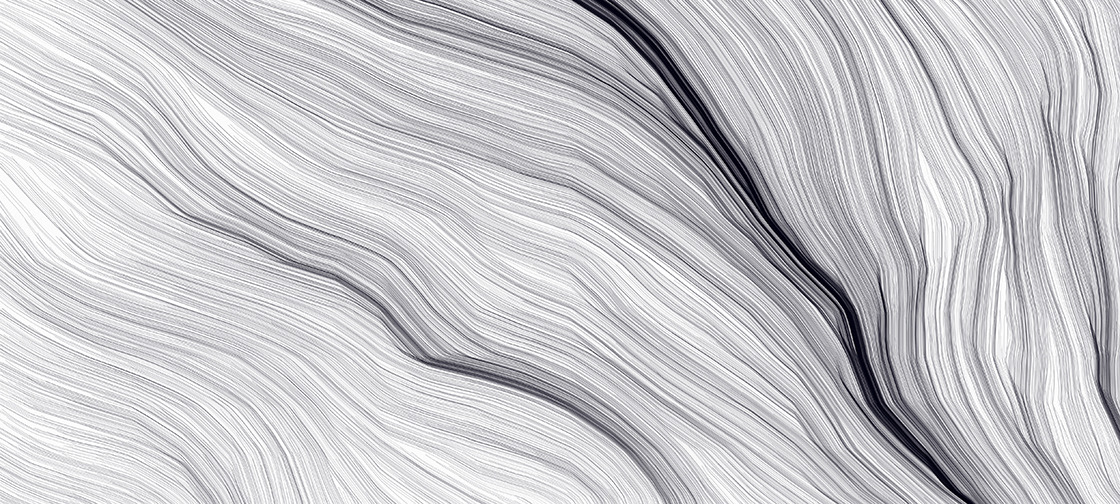The eRMC demonstrator, consisting of two flat niobium-tin coils, has produced a peak magnetic field of 16.5 tesla, a promising result in the context of the FCC (Future Circular Collider) study.
One of the keys to pushing the energy limits of accelerators is being able to reach higher magnetic fields. CERN and several other laboratories around the world have launched R&D programmes aimed at improving existing magnet technology. In February, a demonstrator magnet using superconducting niobium-tin, cooled to 1.9 kelvins, achieved a peak magnetic field of 16.5 tesla on the conductor, exceeding the previous record of 16.2 tesla in 2015.
The demonstrator, known as an enhanced Racetrack Model Coil (eRMC) magnet, consists of two superimposed flat coils in the shape of a racetrack, hence its name. The coils are produced using a cable composed of multifilament composite wire made of niobium-tin, a superconductor that can reach higher magnetic fields than the niobium-titanium superconductor currently used for the magnets of the Large Hadron Collider (LHC). The dipole magnets in the LHC operate at a nominal field of 8.3 tesla.
Niobium-tin is the material being used for some of the new magnets in the High-Luminosity LHC, the successor to the LHC, which will make use of dipole and quadrupole magnets generating a magnetic field of around 12 tesla. This increase is already significant in comparison with what can be achieved with niobium-titanium, but niobium-tin will allow even higher magnetic fields to be produced. This potential is now being explored further, notably as part of the Future Circular Collider (FCC) study. To reach a collision energy of 100 TeV using a ring with a circumference of 100 km, dipole magnets generating magnetic fields of 16 tesla are needed.
Source: “A demonstrator magnet produces a record magnet field”, Corinne Pralavorio, CERN




